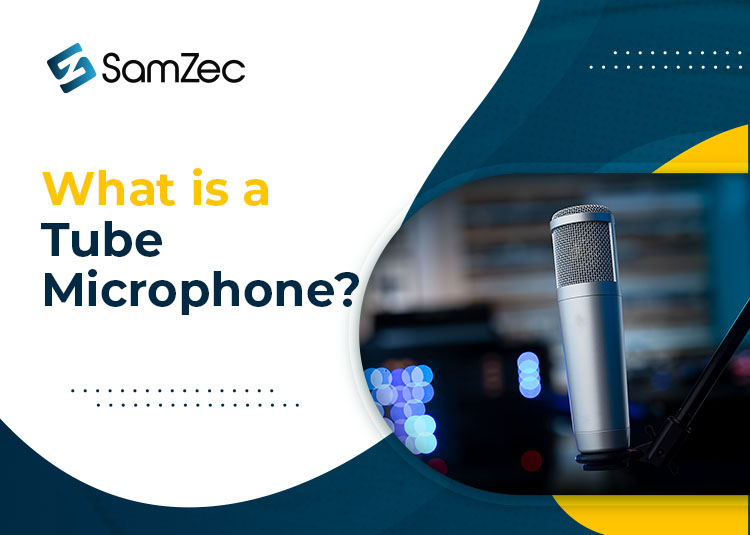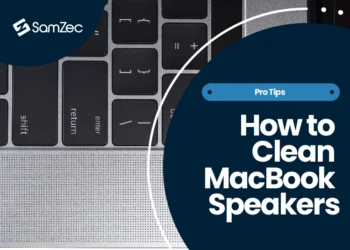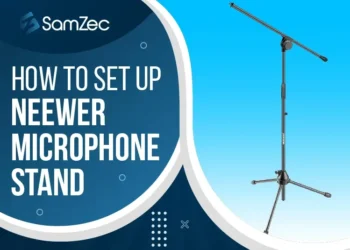A microphone is a very useful device when you need to record visuals, voice, music, or instruments to avoid additional voices that may generate a vague impact on the quality. But as we talk about the tube microphone or condenser microphone there is a huge difference in that to get the right sound quality.
Let me answer very precisely about what is a tube microphone and what its uses are. Well, a tube microphone is also called a valve microphone in various regions of the world. It’s one of the expensive microphones that is professionally used for recording, and recording natural sounds, and also in studios for shooting and recording the playset. The internal structure of the tube microphone utilizes a vacuum tube instead of an electrical circuit. You wonder why is that so the internal structure of this microphone bears a vacuum cylindrical shape tool that is very sensitive to transient sounds.
The reason to use this expensive tube microphone is it works as it amplifies the sound before sending it to the device so that the low-pitch sound is recorded clearly. There are some important features that you might need to know to know the potential of this professional valve microphone. Here are the most distinctive features of tube microphones.
Distinctive Features
- Vacuum Tube — many condenser microphones have transistors, and other electrical circuits, but tube microphones instead use vacuum to amplify the sound quality and the signals. Many professional studios use these tube mics for their sonic power capacity. The sound record with these mics is warmer, smoother, and richer in contrast with the other microphones.
- Internal Circuitry — another important and distinctive feature of tube mic is its internal circuitry that typically involves additional components like capacitors and transformers that will shape the incoming sound and add a subtle art to the captured audio.
- External Power Supply — the tube mic requires approximately 90 to 110vdc at 50mA of DC (Consult the guide manual) as many tube microphones need a separate external power supply to operate.
These are some of the unique features of tube microphone and there are some of the major applications that you can use this mic for professional voice recordings.
Applications
No wonder if I quote that this vacuum tube microphone is used for professional recording studios as it has a very distinctive feature that it is the best tool in your recording studios and used for various applications like.
- Vocal Recordings
- Acoustic Instruments
- Broadcast Applications
The main reason to use a tube microphone is that it captures vocals in a clear, warmth, and smooth quality that can be used for the ads, YouTube video, or Voice overs that most companies use to sell products.
Moreover, semi-acoustic guitars or different instruments can be attached directly with the amp or with the system to record but it is more difficult to record the sound of the acoustic instruments so tube microphones are very useful capturing low frequency sound with the best results.
You are familiar with the Radio Jockey (RJ) in radio channels that entertain many users; it can also be used in radio and TV studios for capturing sound more clearly.
Advantages and Disadvantages
Every product has some benefits and disadvantages associated that make it a fair choice for many users as if the product has major flaws than its not good to portray that product without quoting its drawback so that you might know the difference between tube microphones and other microphones simultaneously. So let’s start with the advantages of the Tube Microphone.
Advantages
- One of the major benefits of the tube mic is its sonic signature sound capturing quality that makes it stand apart from different microphones.
- Versatility is another reason to think of this mic as it is more suitable for various recording applications. It is not just a microphone, it’s a jack of all trades.
- Another feature is the Subtle Harmonic Distortion that gives a pleasing and musically desirable coloration by many audio professionals.
Disadvantages
- Cost is the major factor that makes it an expensive mic than that of solid state microphones. Tube microphones are generally very expensive and you need to spend a handsome amount to buy this.
- Maintenance is another factor that restricts the buying decision as its vacuum has a finite lifespan but it generally requires occasional maintenance adding cost in future maintenance.
- Not lightweight but its a bulkier and heavier product as compared to the other condenser microphones, lacks portable device.
Final Conclusion
When setting up studio or radio channels or podcast apparatus the first thing comes in mind is the mic whether condenser, or solid state which is better. Likewise, the tube mic caters all the needs for recordings, can be used in radio and TV channels and also its design makes it more intriguing that attracts the professionals.
I hope you understand the term ” tube microphone” and its uses. Hope you like this blog and it’s more entertaining that you give your precious time to this informative blog. If you want to add anything feel free to comment in the comments section.



















